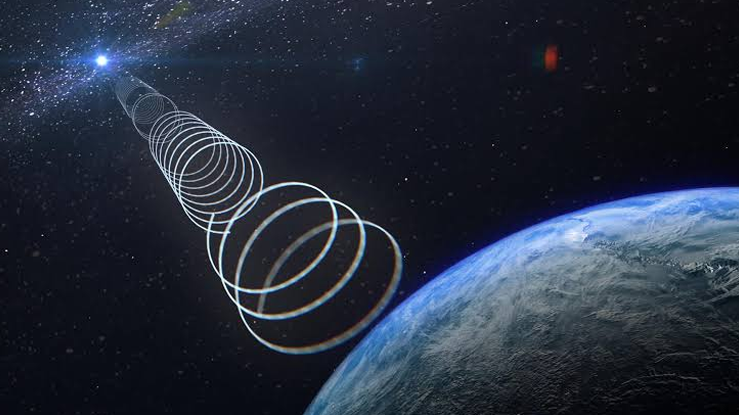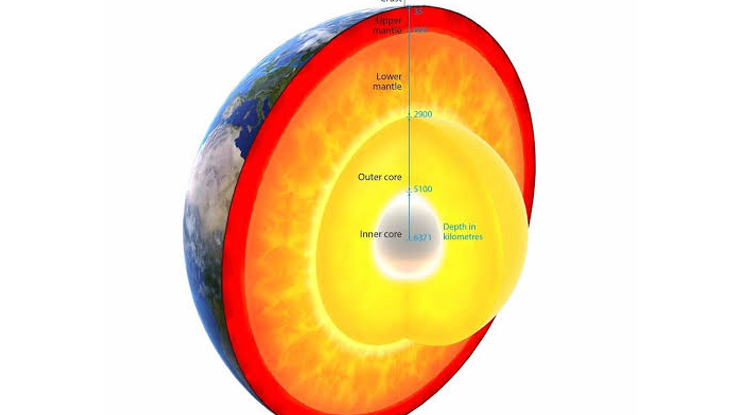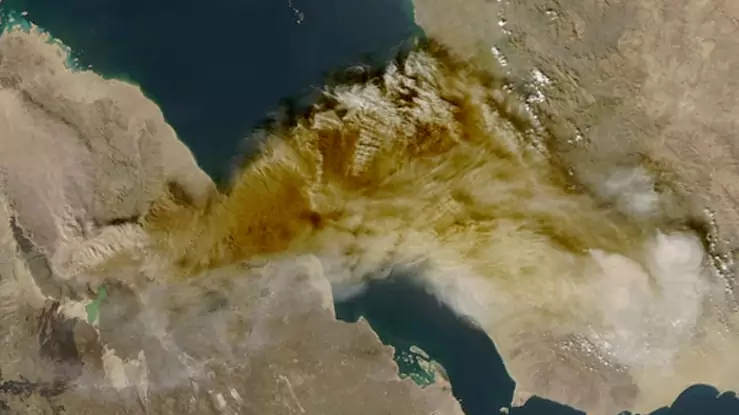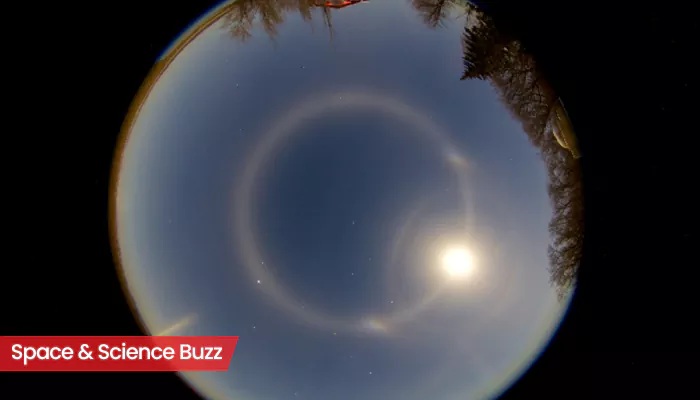.WEBP)
Here are today’s most important updates from the realm of Science and Space.
Giant Telescope, Giant Question: Indo-Japan Mission to Find Extraterrestrial Life
India and Japan are joining forces to build one of the world's most ambitious astronomical instruments - the Thirty Metre Telescope (TMT). This cutting-edge optical-infrared telescope, with a massive 30-metre primary mirror, promises to revolutionise our understanding of the universe and could even answer humanity's most profound question: Are we alone? The TMT project is an international partnership involving India, Japan, and two leading US universities. Its primary goal is to peer deeper into the cosmos than ever before, studying black holes, distant galaxies, and, most intriguingly, searching for signs of life beyond Earth. The TMT's 30-metre mirror will dwarf existing telescopes, enabling unprecedented clarity and depth in observations. Unlike traditional telescopes with a single large mirror, TMT will use 500 precisely aligned smaller mirrors to form its giant primary mirror. This complex engineering feat requires cutting-edge technology-and that's where India plays a pivotal role.
Mystery No More: New Study Sheds Light on Enormous Radio Relics in the Cosmos
At the largest scales of the universe, huge clusters of galaxies crash into one another in extremely slow but powerful collisions. These events leave behind giant, faint arcs, long ribbons of radio waves stretching across millions of light-years. These ghostly structures, called radio relics, are created when massive shock waves speed up electrons to nearly the speed of light, according to reports. Astronomers have found many such relics, but their strange behaviour has been very hard to understand. Scientists have discovered that the magnetic fields within radio relics are much stronger than expected. Measurements using radio and X-ray light reveal different strengths of the shock waves. Further complicating the puzzlement is that X-ray data suggests that these shocks are not strong enough to accelerate electrons, raising the question of how radio relics form.
Deep Inside Earth, Scientists Find Ancient Structures That Rewrite Geological History
A new study offers a fresh explanation for two mysterious structures hidden nearly 1,800 miles beneath our feet. For decades, scientists have struggled to understand these enormous formations because their size, shape and strange behaviour do not match traditional ideas about how Earth formed. Now, new research published in Nature Geoscience may finally help solve this puzzle and reveal how these deep-Earth processes shaped the planet we live on today, according to reports. The research focused on two unique structures at the boundary between Earth's mantle and core, Large Low-Shear-Velocity Provinces (LLSVPs) and Ultra-Low-Velocity Zones (ULVZs). LLSVPs are vast regions of extremely hot and dense rock, one located beneath Africa and the other beneath the Pacific Ocean. ULVZs, on the other hand, are thin, partially molten layers that appear as small pockets of sediment above the core. Both structures significantly attenuate seismic waves, indicating that they contain materials or conditions different from the surrounding mantle.
10,000 Years of Silence Broken: The Mystery Behind Hayli Gubbi’s Fiery Return
Ethiopia’s Hayli Gubbi volcano stunned scientists this week after erupting violently despite lying dormant for nearly 10,000 years. While such long-silent volcanoes are often assumed to be extinct, new research shows that deep underground processes can quietly reset their internal plumbing for millennia before awakening with destructive force. The latest eruption appears to fit this pattern. At the heart of the volcano’s reactivation could be a shift inside its magma chamber, the underground reservoir where molten rock, gases and crystals accumulate. Over thousands of years, magma could have slowly built up beneath a dormant volcano without reaching the surface. Recent studies also show that shear forces within rising magma can generate gas bubbles earlier than expected, creating complex internal pathways that either ease pressure or set up highly explosive conditions.













.WEBP)
.webp)
.WEBP)